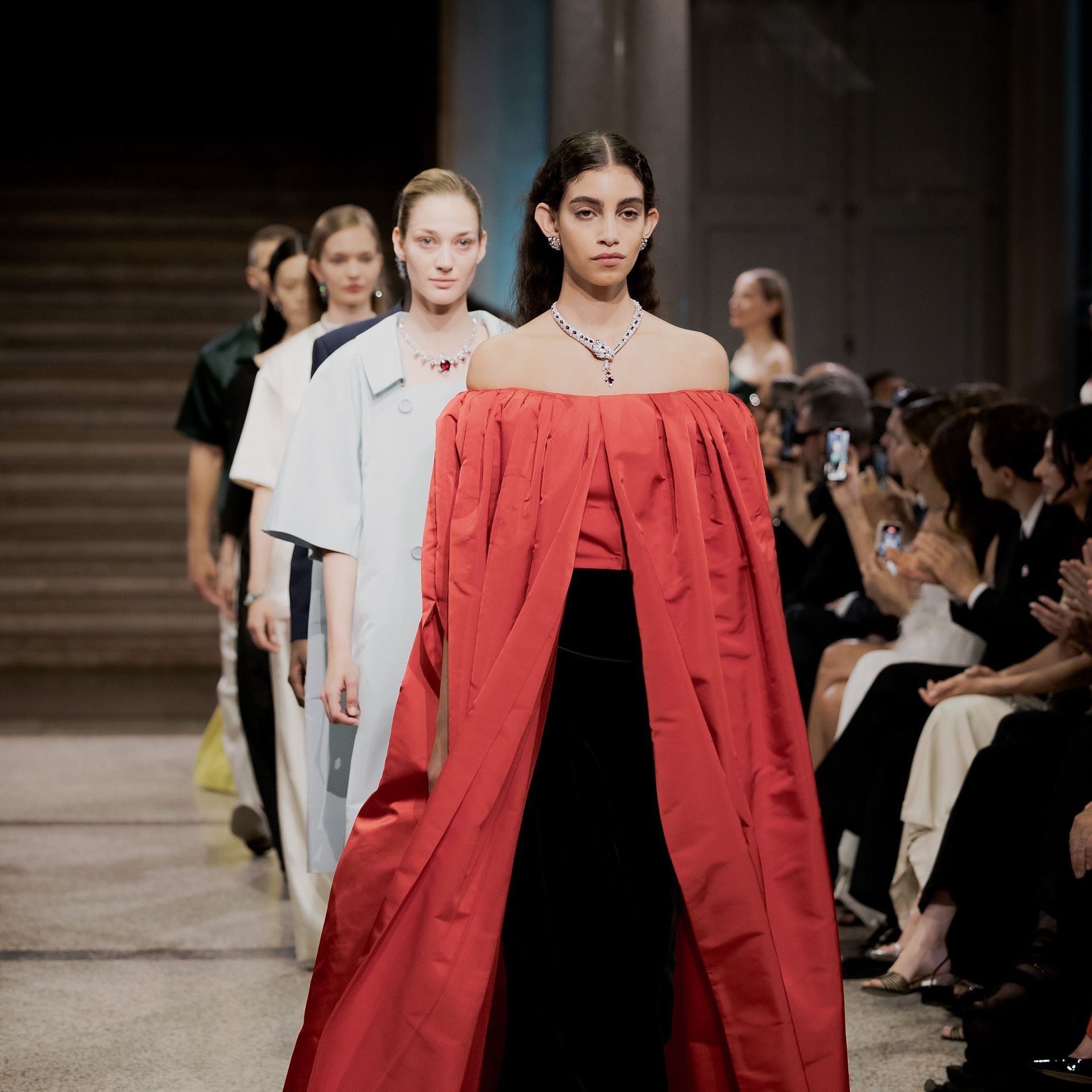Spanning three years, 70,000 hours and a whole workshop of jewellery experts – this is everything you need to know about the intricate (and sometimes painful) process of creating Cartier’s latest High Jewellery collection
Disparate inspirations – simultaneously drawing on cityscapes and nature – and an estimated 70,000 hours of diligent craftsmanship, were crucial components in the creation of Cartier’s latest High Jewellery collection according to Alexa Abitbol, director of Cartier’s High Jewellery workshops. Dubbed ‘Nature Sauvage’, roughly 90 sparkling pieces were presented during a star-studded gala in Vienna, Austria. “It’s the history of Cartier, all the animals,” Abitbol said of the runway-style presentation. “But the collection is also linked to architecture. You can see it in many of the necklaces, where naturalism and architecture meet to make hybrid pieces.”
Exemplifying the direction of the design for Cartier’s High Jewellery collection, Abitbol brings up an eye-catching pink flamingo set against an architectural pattern, snakes encircling a necklace to meet with Art Nouveau emeralds and the charm of a beetle clinging to geometrically cut stones. “They’re combinations that entail a different way of working for the craftsmen as well,” shares Abitbol. A sculptural approach to design. “You carve these pieces, to make the animals realistic – to make them look alive – and to ensure precision and structure in the architectural parts.”
At Cartier, the starting point for every High Jewellery collection is the stones. “The designers, experts, and stone buyers travel all over the world to find the stones that speak to them,” says Abitbol. The sourcing process is crucial, taking up to a year. After all, the precious gems are the centre points in the creative process. “They give the designers ideas of how to build the pieces, creating the structure around the stones according to the theme.”
Related: To celebrate 100 years of Trinity, Cartier unveils two new additions to the beloved collection

Photo: Cartier
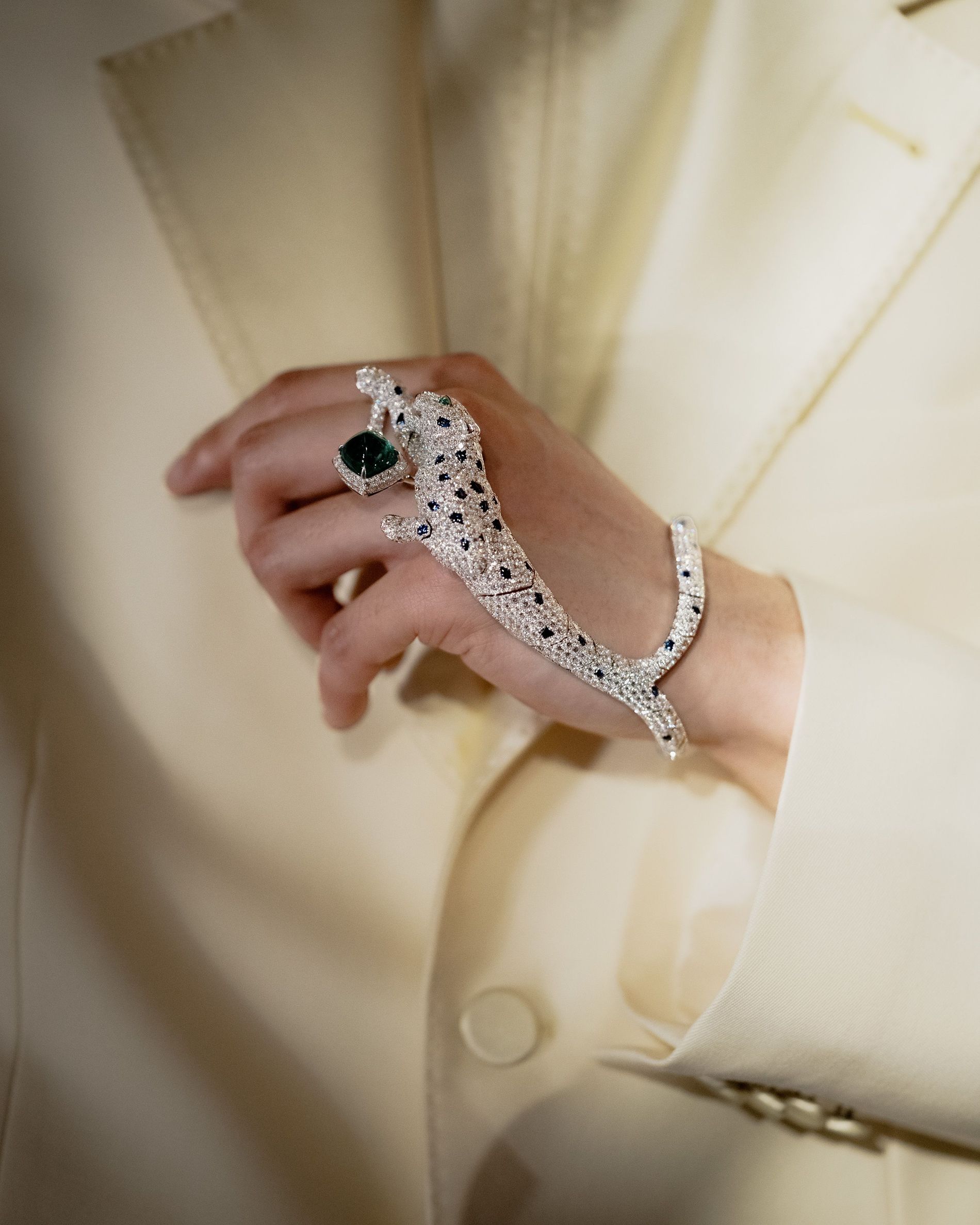
Photo: Cartier
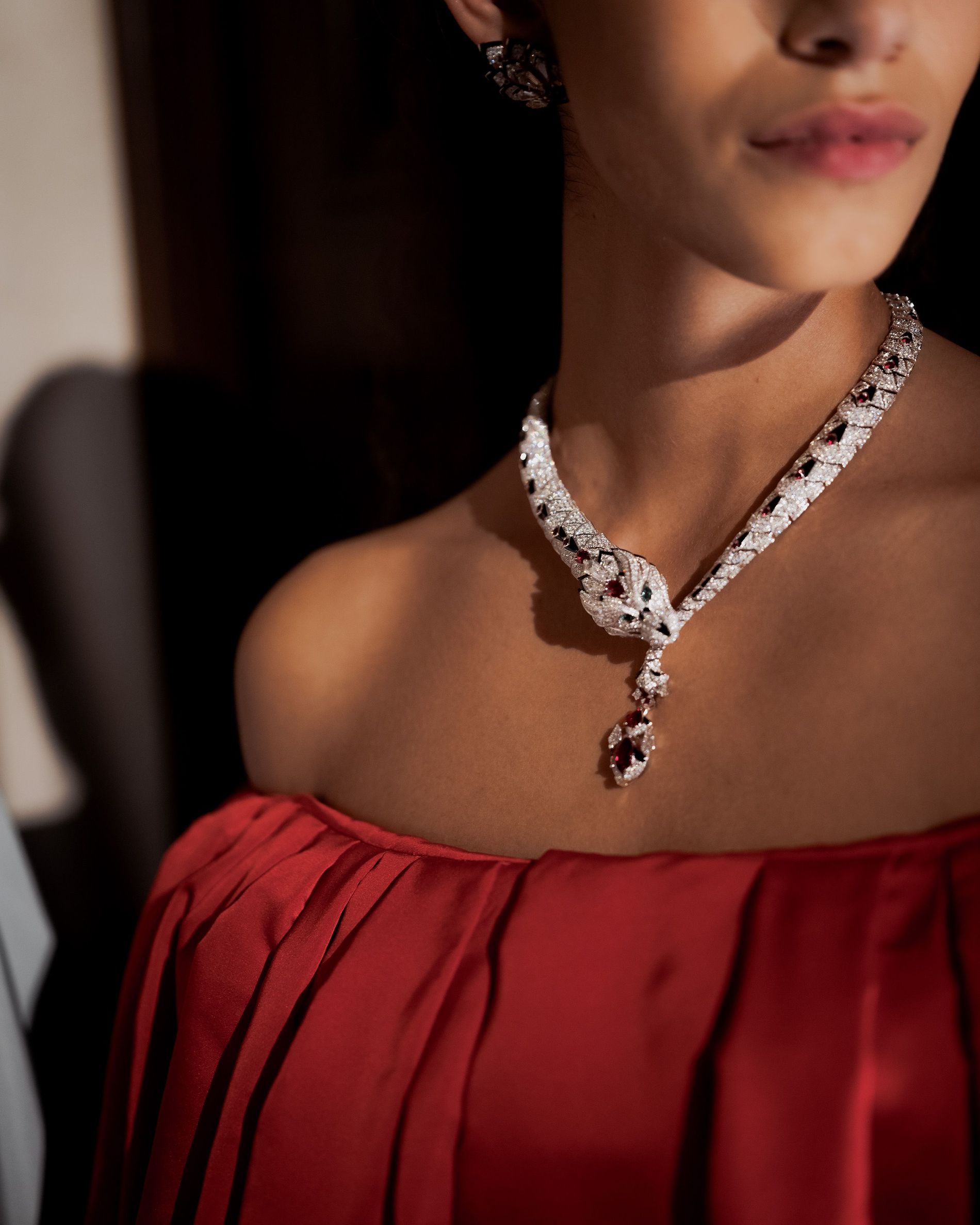
Photo: Cartier
This season, working with the theme ‘Nature Sauvage’, the designers all had in mind that there should be, according to Abitbol, “a link to nature – connecting nature with the history of Cartier.” Of special note was the brand’s emblematic panther, rendered in white gold and diamonds, with sapphire spots, an onyx nose and emerald eyes, leaping across the wrist of a model – pawing at the role of both bracelet and ring. “It’s an innovation for us,” shares Abitbol. “We had to figure out how to make the ring and bracelet adjustable due to the different morphologies of the hand. Our jewellery has to be comfortable, to feel like second skin.”
Panthers have been a prominent part of the Cartier jewelled menagerie since 1914 when the first feline could be spotted in a Cartier wristwatch dotted with diamonds and onyx details. But when observing Cartier’s collection, it can only be described as a veritable zoo. “We have 13 panthers, we have snakes, blue parrots, a gryphon and a dragon,” lists Abitbol. Whether mythological beasts or wild animals, the motifs are all made with minute precision. “We work with them in a very realistic way. The muscles, the movement, the mood of the animals have to be right.”
We have 13 panthers, we have snakes, blue parrots, a gryphon and a dragon. We work with them in a very realistic way. The muscles, the movement, the mood of the animals have to be right.
Alexa Abitbol, director of Cartier’s High Jewellery workshops
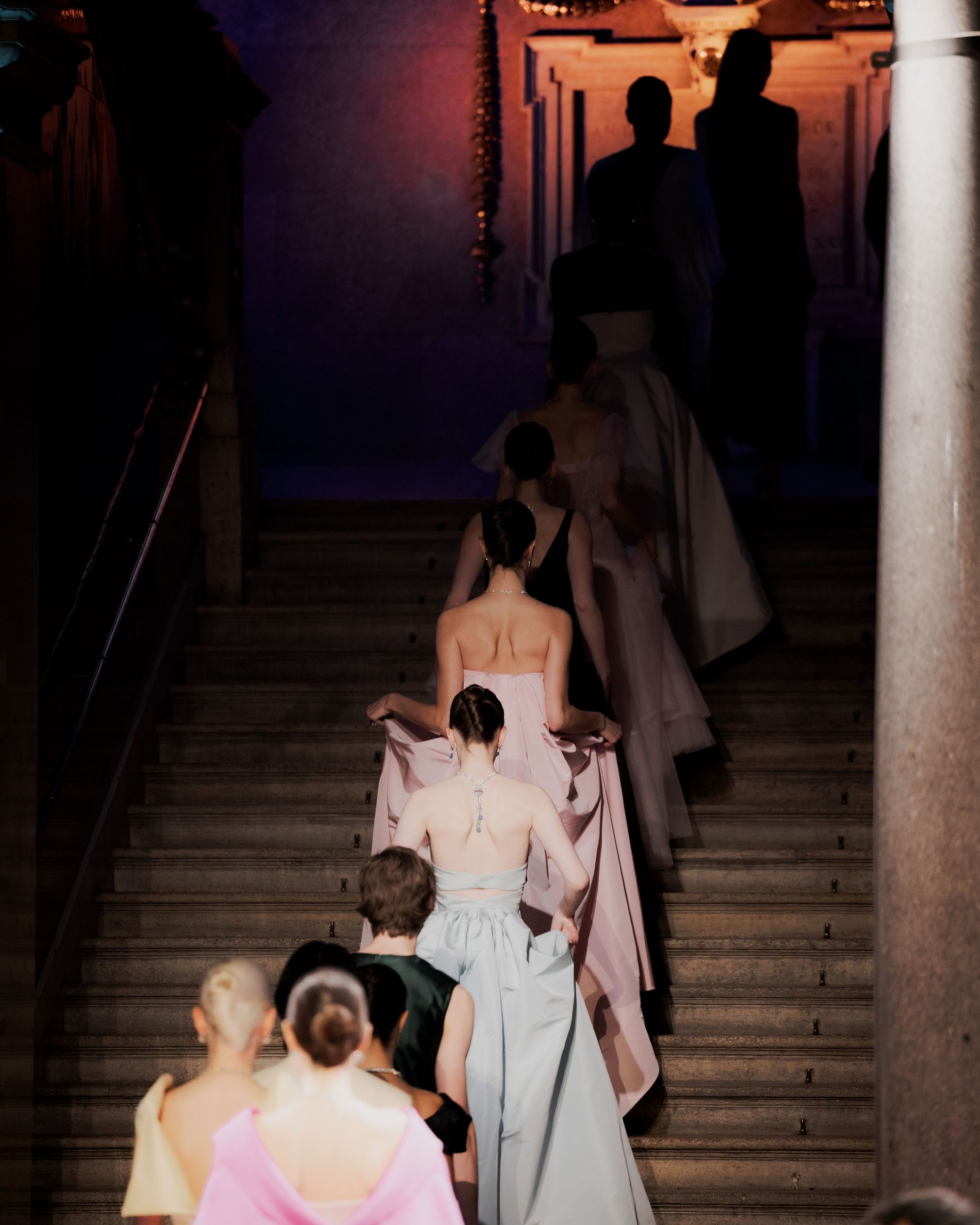
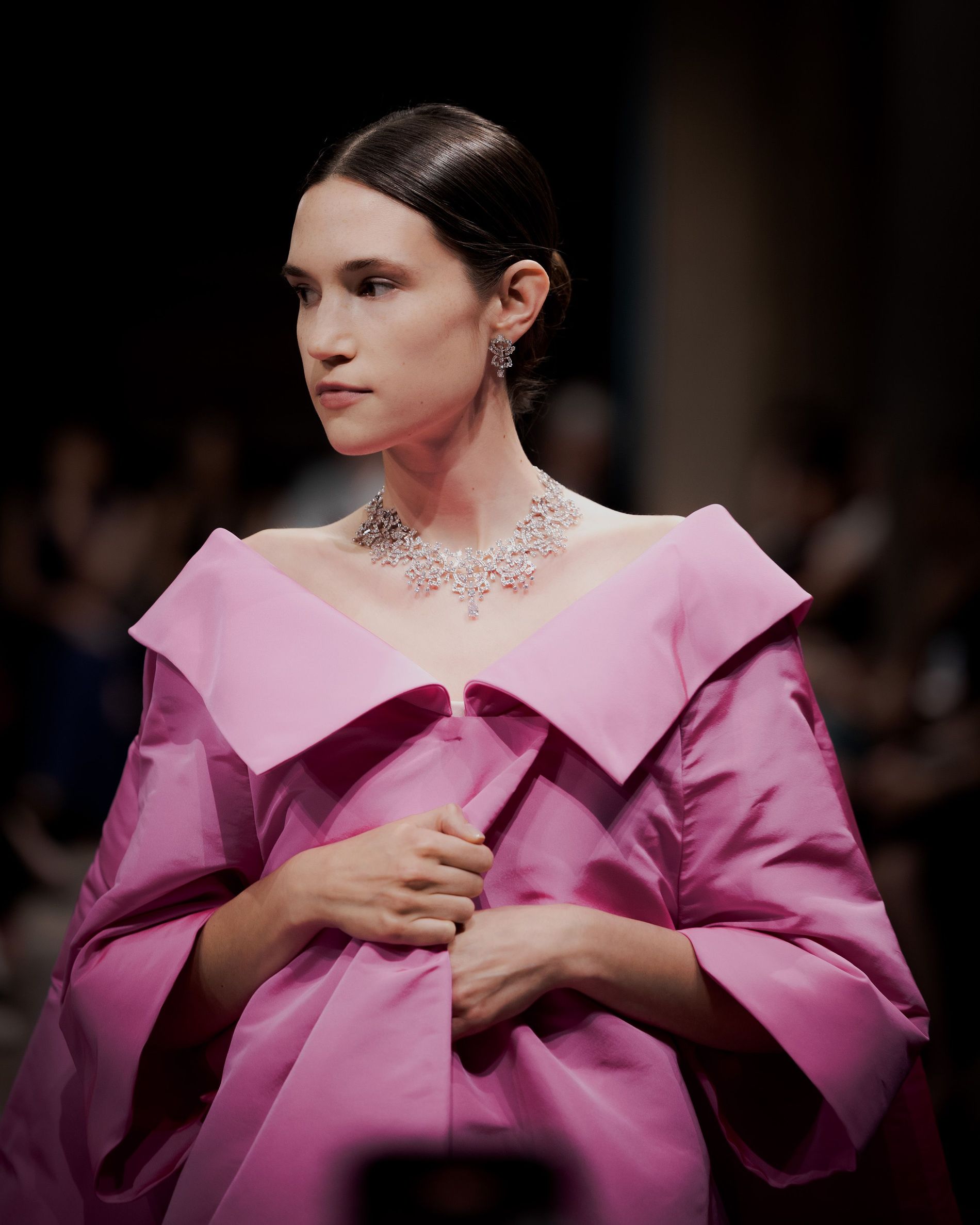
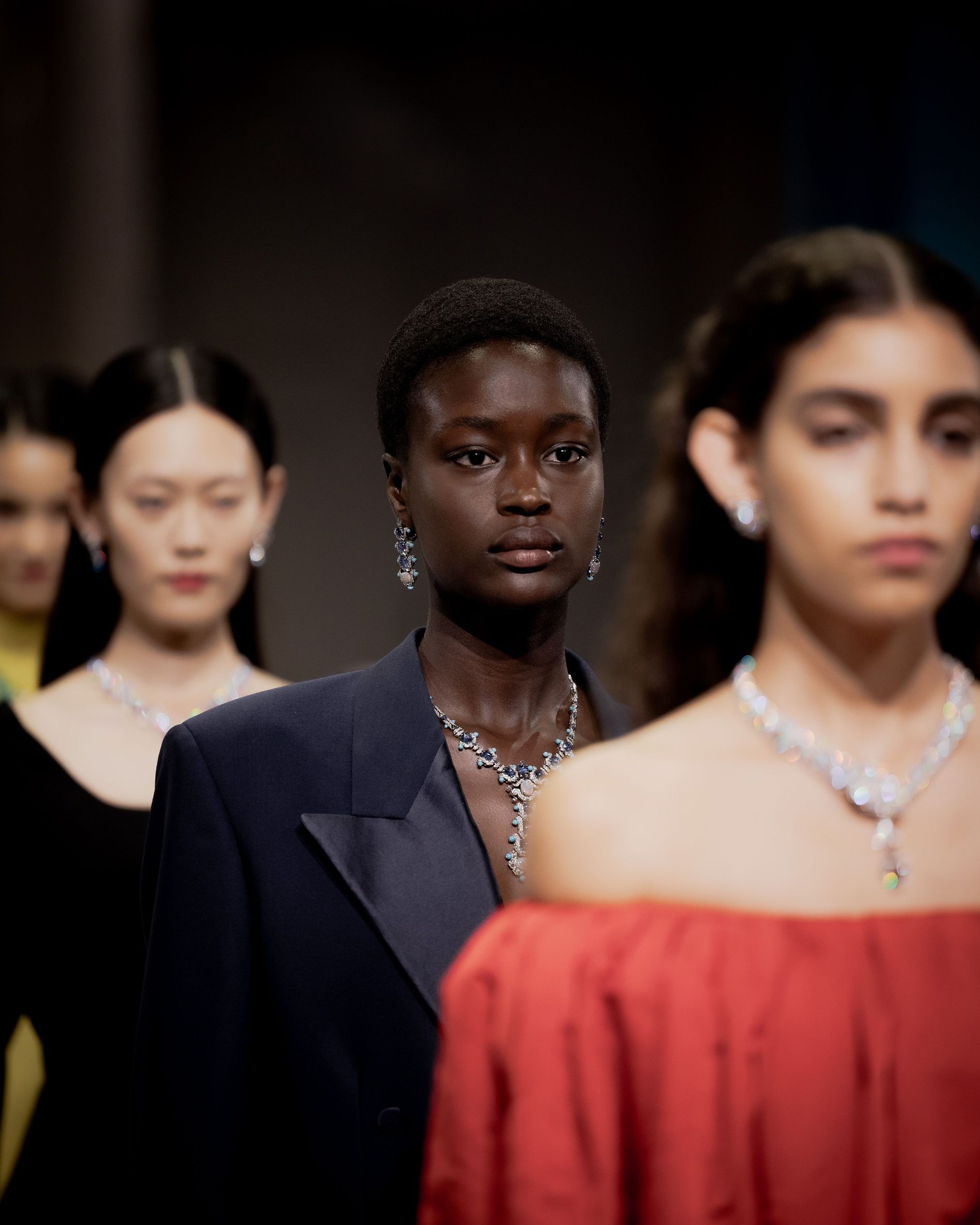
The whole process – from start to finish – takes approximately three years according to Abitbol. Each piece takes anywhere from 1,500 hours to 3,000 hours to make, with the same small team of craftsmen working at the bench for eight hours a day, over two years. “You test things. There are prototypes, and sometimes if fail. The whole process can be quite painful, but it also comes with a lot of joy when we manage to do the things we’re trying to do,” says Abitbol. In her eyes, Cartier’s jewellers are like engineers. “Crafting these pieces is so challenging technically speaking. The articulations, movements,” she says. Not to mention that most of these pieces morph, becoming separate earrings, brooches, rings or bracelets.
While there’s one designated lead, an ‘experimental jeweller’ in charge of each piece, In the Cartier workshop a vast variety of specialists each have a hand in perfecting the High Jewellery collection according to Abitbol. People who work with the metals shape gold into structures and settings. Beaders, stone cutters, sculptors, polishers, casters, 3D printers… The proverb ‘it takes a village’ rings true in Cartier’s High Jewellery workshop. And that’s before you consider that, at any given time, there are 300 pieces in Cartier’s workshop.” Right now we’re working on the 2026-2027 collection,” says Abitbol. It’s a delicate dance, ensuring the process runs smoothly. “We’re very proud because when you see the sum of the collection, it is the sum of the talents we have,” muses Abitbol.
